How to seal cracks in basement floor for radon? Many houses have basements, which offer homeowners access to extra storage, entertainment, and living space. Uranium naturally produces a radioactive gas called radon.
Radon gas is the main reason for lung cancer among non-smokers and is also the second most common reason for lung cancer among smokers.
To keep radon gas away from infiltrating your residence through the basement floor, it is critical to ensure that all cracks or gaps are properly sealed with epoxy coatings.
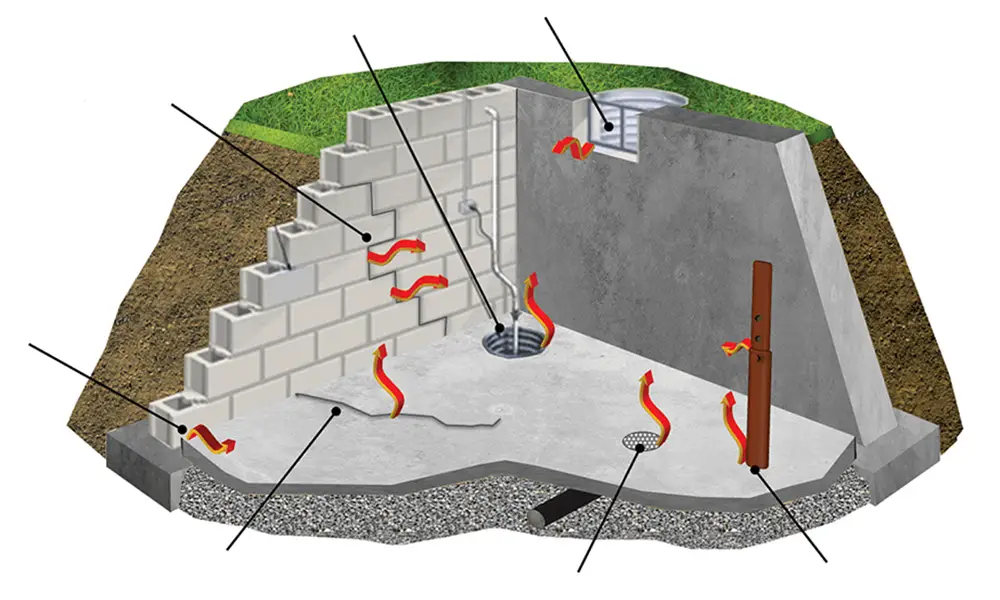
Contents
- 1 Could the concrete slab in my basement be a potential entry point for radon?
- 2 What can I do to reduce radon levels?
- 2.1 Test for radon gas
- 2.2 Can you seal a basement floor for radon?
- 2.3 Does sealing cracks reduce radon?
- 2.4 How to inspect and seal cracks in your basement for radon prevention
- 2.5 How do you seal a concrete floor for radon?
- 2.6 Inspect the basement regularly
- 2.7 Cracks sealing prevents water damage
- 2.8 Some ways to prevent cracks in basement floors
- 3 Beyond sealing cracks: other effective ways for radon reduction in your home
- 4 Radon-free environment increases home value
- 5 Step-by-step guide on how to seal cracks in basement floor for radon
- 6 Conclusion
Could the concrete slab in my basement be a potential entry point for radon?
Your basement’s concrete slab and load-bearing walls can serve as an entry point for radon gas into your apartment.
Radon gas can enter homes via cracks present in the basement walls or floors.
And radon exposure has been linked to an increased risk of lung cancer, especially in the unfinished basement.
Seal any openings with epoxy coatings, as it is crucial to reduce your vulnerability to radon, which can cause serious damage to your family’s health, including an increased risk of lung cancer.
Cracks in the concrete floor and walls can exacerbate the problem by providing an entry point for the radon.
What can I do to reduce radon levels?
Let’s analyze the most important ways.
Test for radon gas
To check for the presence of radon gas, you can buy a test kit from the store or hire a specialist for an accurate assessment.
The test should be carried out in the lowest livable area of your home, which is typically the basement.
Testing is the only way to determine if you have a high radon level in your place.
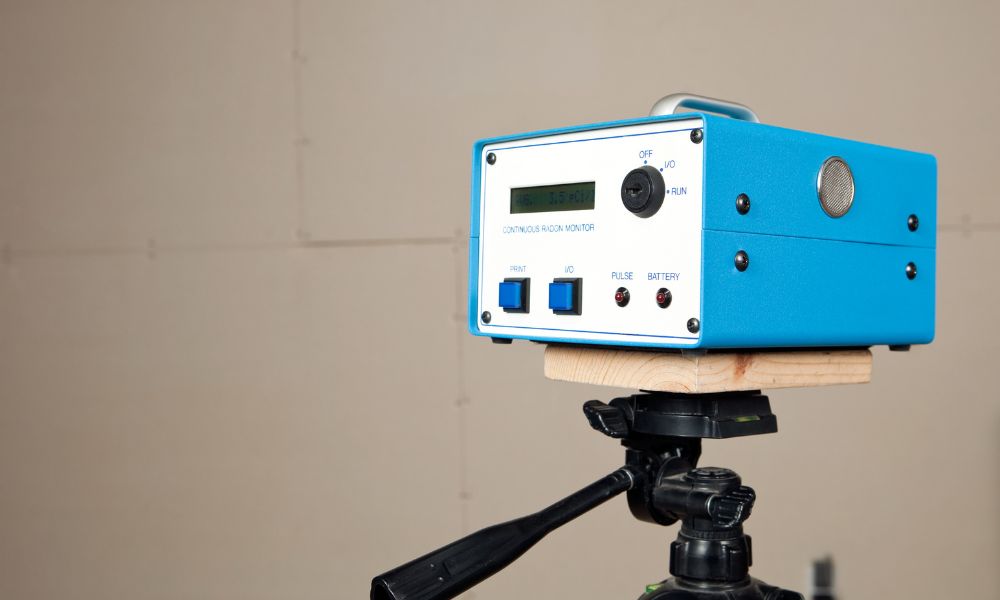
Can you seal a basement floor for radon?
Lowering the radon levels in your home can be accomplished by sealing your house.
Cracks sealing in your basement floor is an efficient way to lower high levels of radon.
It is a simple and affordable process that can be done by anyone with basic DIY skills and some basic tools and materials.
Does sealing cracks reduce radon?
By sealing off the points of entry with epoxy coatings, you can significantly decrease the risk of exposure to this dangerous carcinogen, which is known to cause lung cancer.
Moisture can lead to a host of issues, including mold growth and water damage, which can be costly and time-consuming to remediate.
How to inspect and seal cracks in your basement for radon prevention
Use a flashlight on your basement floor to inspect cracks or gaps and examine the surface closely.
By finding some cracks or gaps, mark them with a piece of chalk or a marker.
In addition to the concrete floors, it’s essential to check the walls and foundation for any signs of cracking or settling, as these can also provide entry points for radon gas.
It is crucial to seal any cracks or openings in the basement floor when you find them.
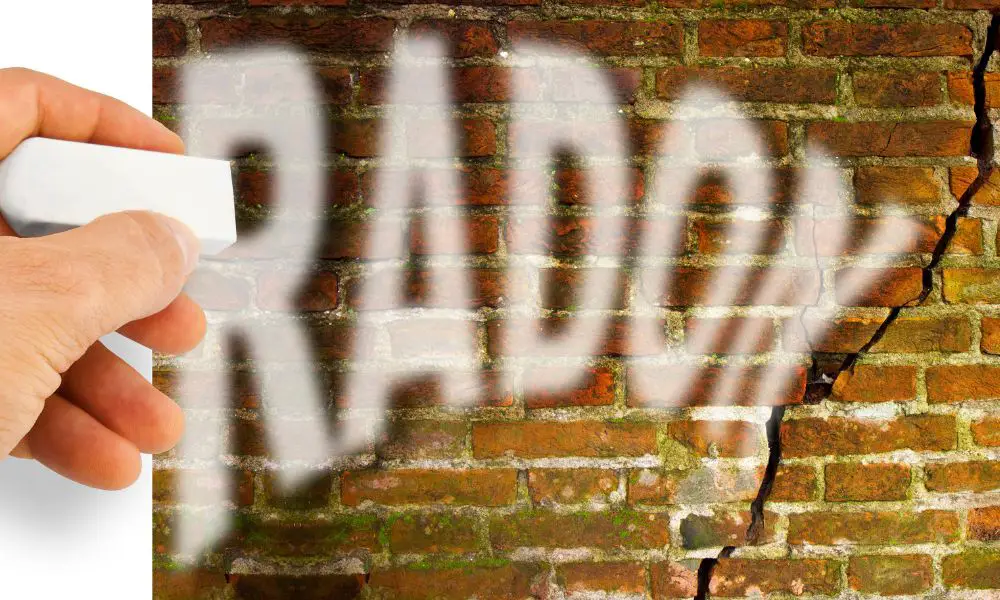
How do you seal a concrete floor for radon?
There are various materials available for this purpose, including concrete patching compound, hydraulic cement, and epoxy, which can be easily obtained from most hardware stores.
Using these materials to seal the cracks in unfinished basements is an operative way to keep radon gas from entering your home.
Inspect the basement regularly
Your basement needs to be inspected regularly for any cracks, or openings in the floor, walls, or foundation.
Observing any of these problems might imply that radon gas is infiltrating your house via the basement.
By conducting routine inspections, you can identify new cracks or openings and take the necessary steps to seal them.
Cracks sealing prevents water damage
When you seal cracks in your basement floor, it helps to reduce radon gas presence in your home, but it can also help to prevent water damage.
Water infiltration through cracks in the basement floor can lead to significant damage to the foundation, walls, and flooring.
Sealing basement floor cracks can act as a barrier, preventing water from seeping in and reducing the risk of damage to your home.
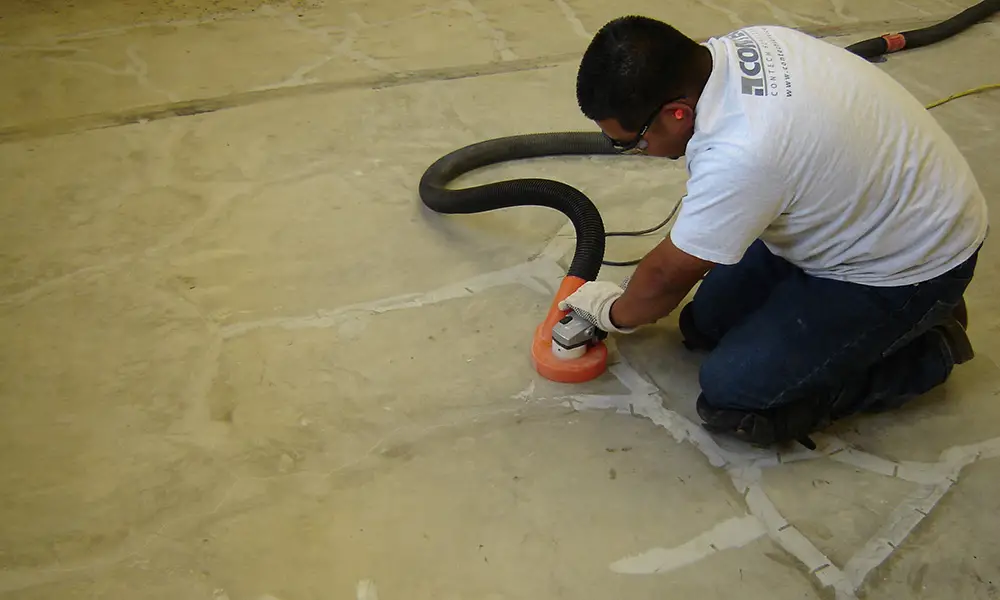
Some ways to prevent cracks in basement floors
Here are some ways to accomplish this.
Ensure that the soil around the foundation is properly graded to ensure that water drains away from the house.
Install gutters and downspouts to direct water away from the foundation, reducing the risk of moisture buildup and foundation cracks.
Address any plumbing leaks or other sources of moisture that could contribute to cracking.
Use high-quality building materials and employ proper construction techniques when building or renovating your home to minimize the risk of cracking.
Beyond sealing cracks: other effective ways for radon reduction in your home
I will show you the main ways.
Ventilate your basement
You should ensure proper ventilation in your home to prevent the accumulation of radon gas and reduce the risk of danger.
You can open windows and doors to achieve this.
You can use exhaust fans for air circulation, and install a dehumidifier if needed.
Good interior air quality is essential for maintaining a healthy living environment, and proper ventilation is an important step in achieving this goal.
Radon mitigation systems
Besides sealing cracks in the basement floors, there are other ways to lower the elevated radon levels in your home.
A highly effective approach is to gain a radon mitigation system.
A mitigation system for radon utilizes a fan to extract radon gas from the soil beneath your home before it enters the living area.
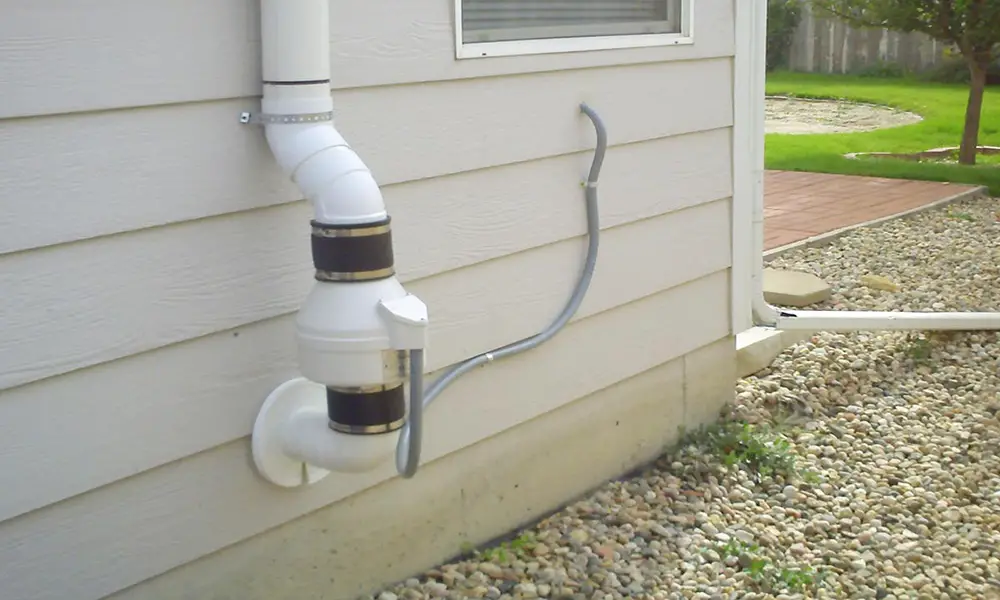
Install a radon mitigation systems
If you find that your residence has promoted levels of radon.
It is time to consider installing one or more mitigation systems to demote the levels to a safe level.
This involves placing a PVC pipe system in your basement or crawl space.
It is connected to a fan that draws radon gas out of your home and vents it outdoors.
By hiring a mitigation systems contractor, you can choose the best radon mitigation system for your environment.
Do I need to seal the basement floor if I have a radon mitigation system?
Even if you featured a radon mitigation system, it is still necessary to not forget to fill up the basement floor cracks.
Although the radon mitigation system can help trim radon, it may not eliminate the problem of removing radon entirely.
Cracks sealing in your basement floor provide an additional layer of protection against radon gas.
Install ceiling fans
Ceiling fans work by circulating air and preventing stagnant it from building up in your home.
When installing ceiling fans in your basement, it’s important to consider the right size and placement.
Choose a fan that’s appropriate for the size of your basement and has enough power to move air effectively.
Position the ceiling fan in a central location in the basement wall to create a gentle breeze throughout the space.
Apart from reducing radon exposure, ceiling fans offer additional benefits as well.
They keep the air in your basement fresh and reduce humidity from high levels, preventing mold and mildew growth and improving overall fresh air quality.
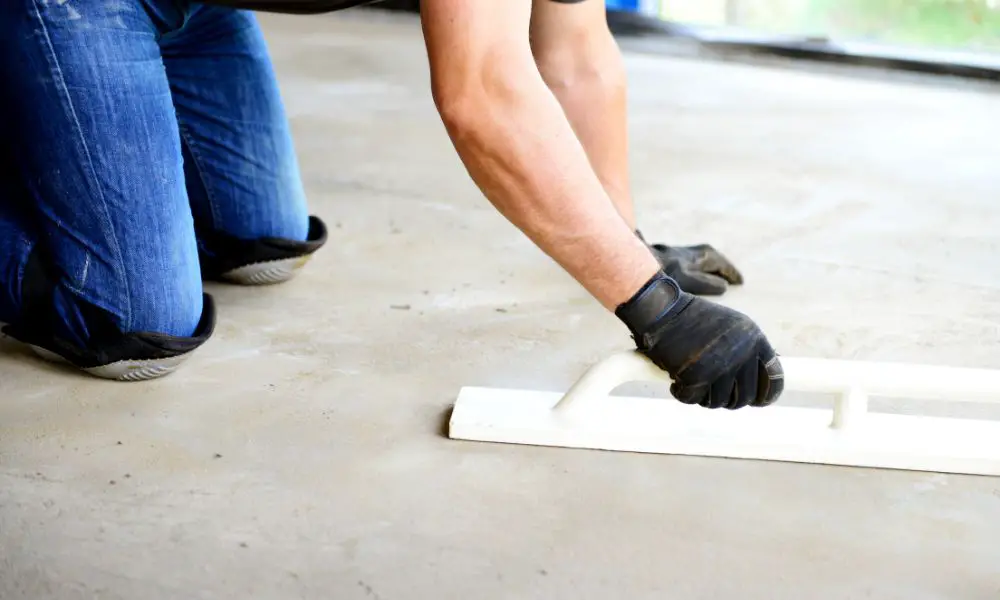
You may be interested in the article “How to hide ductwork in basement?“.
Radon-free environment increases home value
Prospective buyers are often willing to pay more for a home that has been well-maintained.
It is free from potential health hazards such as radon gas.
By taking the necessary steps to reduce its levels and prevent water damage, you’re showing that you’re a responsible homeowner who cares about the property’s exterior condition.
A radon-free home gives buyers peace of mind and may even make your home more attractive to those who have experienced radon health problems in the past.
So, if you’re planning to sell your home in the future, it’s a smart investment to take steps to mitigate radon and protect your home’s value.
To supplement the information received, we suggest reading – Consumer’s Guide to Radon Reduction.
Step-by-step guide on how to seal cracks in basement floor for radon
Step 1
Clean the basement floor thoroughly using a broom and a vacuum cleaner. Remove any debris, dust, and dirt from the surface of the floor.
Step 2
Careful inspection of your basement floor is necessary for finding and sealing cracks to trim down radon levels.
Step 3
Use a wire brush or chisel to widen any existing cracks in the floor. This can create a larger surface area for the sealant to adhere to.
Step 4
Apply a concrete patching compound to the cracks using a putty knife or trowel. Be sure to fill the entire crack, smoothing out the surface of the compound as you go.
Step 5
After the compound has dried, applying a concrete sealant to cover the entire basement floor is recommended.
Step 6
Allow the sealant to dry completely, following the manufacturer’s instructions.
Step 7
Testing for lower radon levels to confirm the success of the sealing.
Conclusion
Knowing how to seal cracks in basement floor for radon is an important step in reducing the risk of radon exposure.
By following the tips in this guide, you can ensure that your home is safe and healthy for you and your family.
Remember to test for radon regularly, seal any cracks in your basement floor, and take other steps to reduce levels of radon in your home.


